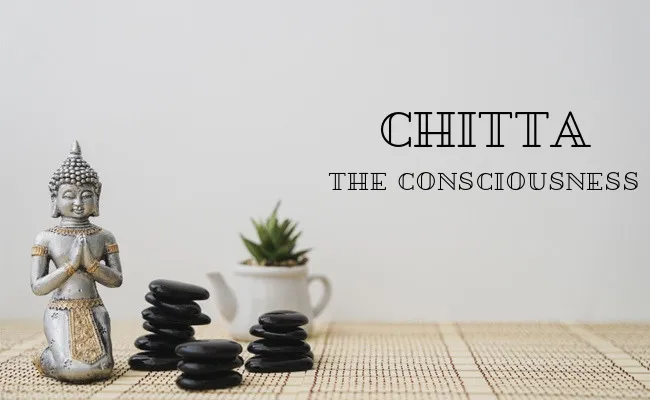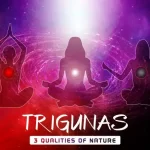If you practice yoga or have a thorough understanding of what yoga is! Then you’ve undoubtedly heard this phrase in yoga:
Yoga Chitta Vritti Nirodha
This sentence or traditionally called ‘Sutra‘ is the second among 196 Sutras (aphorisms) contained in the most renowned text on yoga i.e. Yoga Sutra of Patanjali.
This sutra describes why yoga was supposed to be practiced in the first place and what yoga accomplishes.
The words of this sutra can be translated as follows individually for the sake of simplicity:
Chitta – Mind/Thoughts/Emotions
Vritti – Modifications/Fluctuations
Nirodha – Stop/Restrain
See also: Vrittis – 5 Causes of Mind Fluctuations
Together, these individual words convey the actual meaning of all yoga practices.
Yog stops the thought fluctuations that stem in our minds.
In the Sanskrit language, a word’s meaning might vary greatly from one another. The same is true for each word in the aforementioned Sutra.
The philosophy of yoga is one easiest ways to understand the psychology of the mind.
Patanjali discusses Chitta in the Yoga Sutra and describes its various components in order to make it understandable, ultimately opening the door to consciousness.
What is Chitta?
Chitta is an instrument of our “internal sense of organs (Antahkarana)” that enables us to think, conceive, feel, and act in accordance with our intellect. It cannot be likened to a system of a physical organ like the brain.
The Chitta hypothesis is compared to the elements from which the universe is produced in yogic philosophy.
According to it, the Trigunas (Sattva, Rajas, and Tamas) of nature—three qualities—are what give rise to consciousness in both us and the universe.
These three characteristics are crucial to understanding your personality and are so closely related to the mind.
See also: Three Qualities to Know Your Personality
The source of human awareness is the Chitta, which is made up of Trigunas like the universe. The amount of Sattva, Rajas, and Tamas in the Chitta varies from time to time and determines how an individual acts and perceives the world, as well as their intelligence. Trigunas are the cause of your fluctuating moods between being restless and sluggish at times and being very energetic and curious at others.
The source of human awareness is the Chitta, which is made up of Trigunas like the universe. The amount of Sattva, Rajas, and Tamas in the Chitta varies from time to time and determines how an individual acts and perceives the world, as well as their intelligence. Trigunas are the cause of your fluctuating moods between being restless and sluggish at times and being very energetic and curious at others.
Role of Chitta
Consider a computer system with certain software and hardware, and you can see the function of Chitta in the human body.
Chitta’s physical body serves as both the hardware and the software of a computer system. It is the software that allows one to realize their inner selves and experience the outside world through their physical bodies.
Chitta is made up of are 3 parts.
- Manas
- Buddhi
- Ahamkara
1. Manas
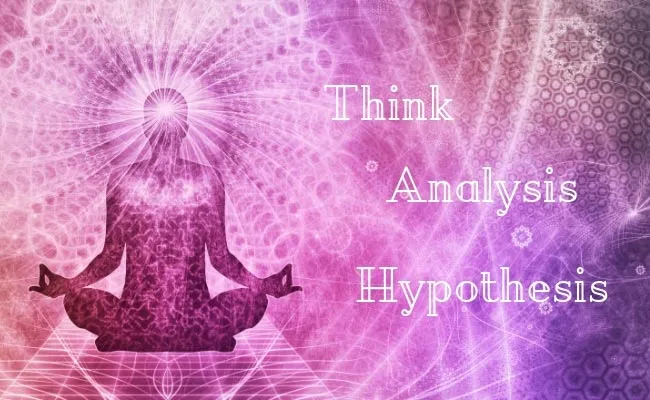
Manas literally translates as “Mind.” The primary tool in Chitta or Antahkarana is Manas (internal sense of organ).
Manas controls the external sensory system and gathers unprocessed environmental info using the five senses (Sight, Sound, Smell, Taste, and Touch). It is in charge of detecting the presence of thought and perceiving an object (Happiness, Sorrow).
In Yoga Sutra, the Power of the mind to control itself & sensory system is referred to as psyche or Mati (Manas).
The object of Mind (Manas)
- Think – Mind Thinks in chosen one: Whether to do or not to do a thing. Furthermore, the mind Thinks when have to memorize a previously occurred moment.
- Analysis – When the mind thinks about the quality & error of perceived knowledge to accept or reject things, it is called Analysis.
- Hypothesis – It is the self-discussion state of mind about a perceived thing.
How Consciousness flows in Us: Body, Mind (Manas) & Soul
Body and soul are connected through the mind (Manas).
A conscious soul exists in the heart but is immobile. A mind, on the other hand, is busy but lacks consciousness.
A mind without a soul is like an uncoordinated instrument that is unable to function properly. The consciousness of the soul is conveyed to the mind in order for it to function properly, and then through the mind, to the entire body.
In this way, a mind is a tool for the passage of consciousness between the body and the soul.
2. Buddhi
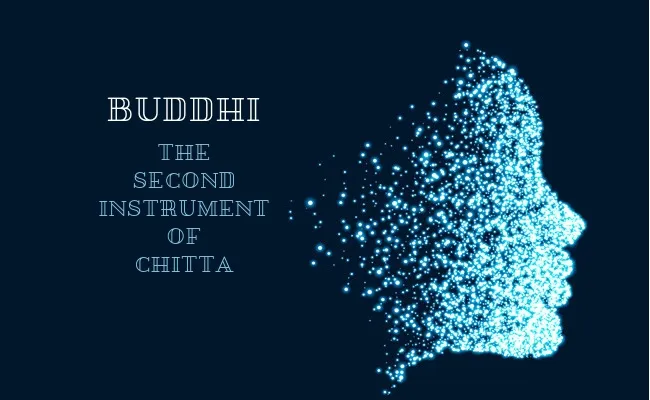
The second instrument of Chitta is called Buddhi, which means “Intellect” in Sanskrit.
It determines whether or not to accept the unprocessed information that the Mind (Manas) conveys to the senses and through prior experiences. Buddha is above the mind while experiencing something for the first time. The buddha’s capacity for judgment enables us to become conscious of a thing or an idea. As a result, consciousness was born and began to grow with Buddha.
An object’s properties are determined by how it is perceived and how it is examined by Buddha. The fact that an object has this attribute allows us to start classifying things based on our buddhi.
Completely awakened buddhi is when the mind (Manas) is silent and not involved with external senses (instead mind lies with the soul in this state).
3. Ahamkara
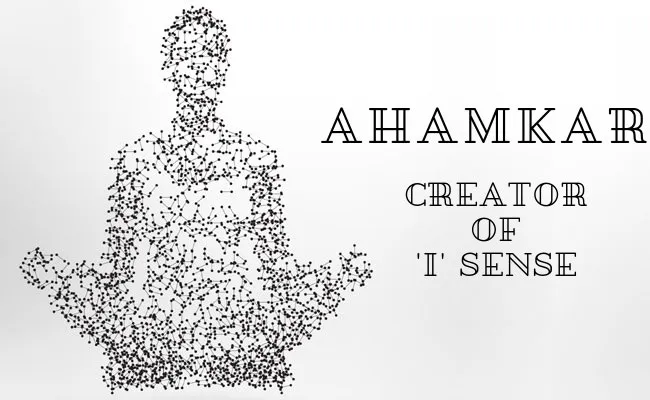
The third component of Chitta, Ahamkara, is the result of Buddha’s judgment based on unprocessed evidence. We are only aware of the restricted things since it gives us an “I” sense in our minds.
I sense is the source of feelings and thoughts about objects, and from there we start to categorize them.
In order to understand this, consider the following: Let’s say a dog once bit you. As a result of that event, you start to view dogs as dangerous creatures and adopt the character of “someone who dislikes dogs.” This is the evolution of Ahamkar’s “I” sense, which helps us recognize the presence of our foe.
Conclusion
The entire set of consciousness that is born with the soul and dies on Ahamkara is known as Chitta. It allows “an idea” to enter Manas through the senses, a process that thinks (Buddhi), and then produces an “I” sense (Ahamkara) in accordance with our Buddhi.
















